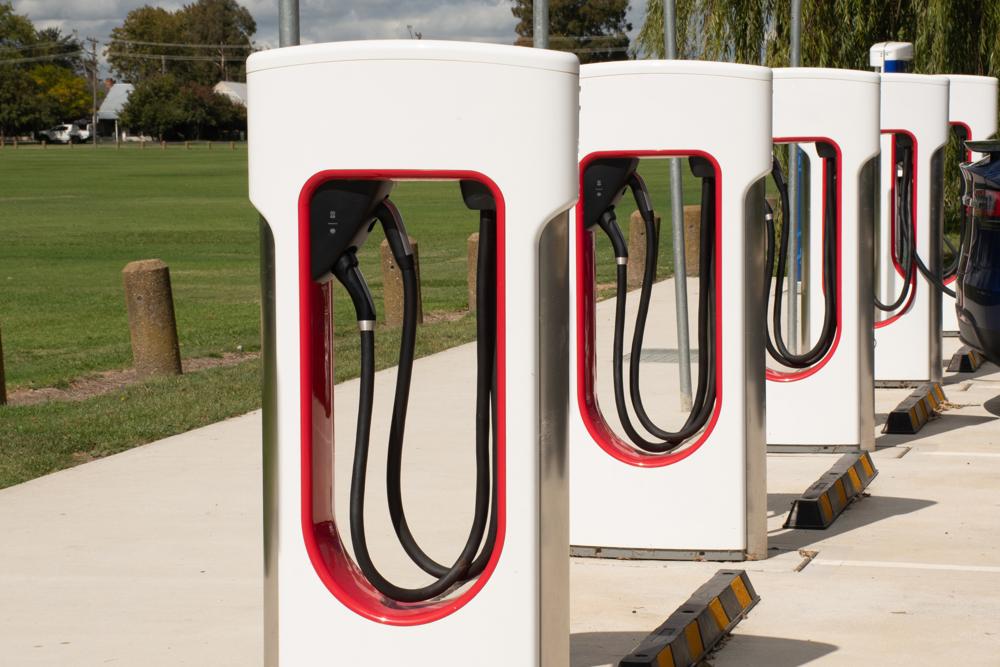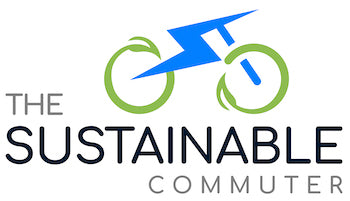
The Electric Revolution: How Many Electric Vehicles Are on the Road Today?
Share
Introduction
The world is experiencing an electric revolution, with more and more people opting for electric vehicles (EVs) as a sustainable and eco-friendly mode of transportation. The adoption of EVs has been growing rapidly in recent years, and it is important to understand the current number of electric vehicles on the road today. By understanding these numbers, we can gain insight into the progress of the electric revolution and its impact on the environment.
Understanding the Current Numbers
As of 2021, there are over 10 million electric vehicles on the road worldwide. This number is expected to grow exponentially in the coming years as more countries and consumers embrace the shift towards electric transportation. Several factors have contributed to the increasing adoption of EVs, including government policies and incentives, consumer preferences, and technological advancements.
Government Policies and Incentives
Government support plays a crucial role in the adoption of electric vehicles. Many countries have implemented policies and incentives to encourage consumers to switch to electric transportation. These policies include tax credits, grants, and subsidies for the purchase of electric vehicles. For example, in the United States, the federal government offers a tax credit of up to $7,500 for the purchase of an electric vehicle. In addition to federal incentives, many states also offer their own incentives, further reducing the cost of EVs for consumers.
Consumer Preferences and Technology
Consumer attitudes and behaviors towards electric vehicles have also played a significant role in their growing adoption. As consumers become more aware of the environmental impact of traditional gasoline-powered vehicles, they are seeking more sustainable alternatives. Electric vehicles offer a cleaner and greener mode of transportation, with zero tailpipe emissions. Additionally, technological advancements in battery range have addressed one of the main concerns of potential EV buyers - range anxiety. With longer battery ranges, EVs are now capable of traveling longer distances, making them more practical for everyday use.
The Infrastructure Challenge
One of the challenges in the widespread adoption of electric vehicles is the need for a robust charging infrastructure. Electric vehicles require charging stations for recharging their batteries, similar to how traditional vehicles require gas stations. To address this challenge, governments and private companies are investing in the development of charging networks. One notable example is Tesla's Supercharger network, which provides fast charging capabilities for Tesla owners. These charging networks are crucial in increasing the convenience and accessibility of electric vehicles, making them a viable option for long-distance travel.
The Cost Comparison
While the initial cost of electric vehicles may be higher compared to traditional gasoline-powered vehicles, the long-term financial implications of owning an EV can be significantly lower. Electric vehicles have lower operating costs, as they require less maintenance and have lower fuel costs. Additionally, with government incentives and the decreasing cost of battery technology, the price of electric vehicles is becoming more competitive with traditional vehicles. Transitioning to electric vehicles can also have significant environmental and health benefits, reducing air pollution and greenhouse gas emissions.
Conclusion
The number of electric vehicles on the road today is steadily increasing, driven by government policies, consumer preferences, and technological advancements. The electric revolution is playing a vital role in reducing carbon emissions and combating climate change. As more countries and consumers embrace electric vehicles, the need for sustainable organizations and companies that support the electric revolution becomes crucial. By supporting these organizations and making informed choices, individuals can contribute to a more sustainable future.
